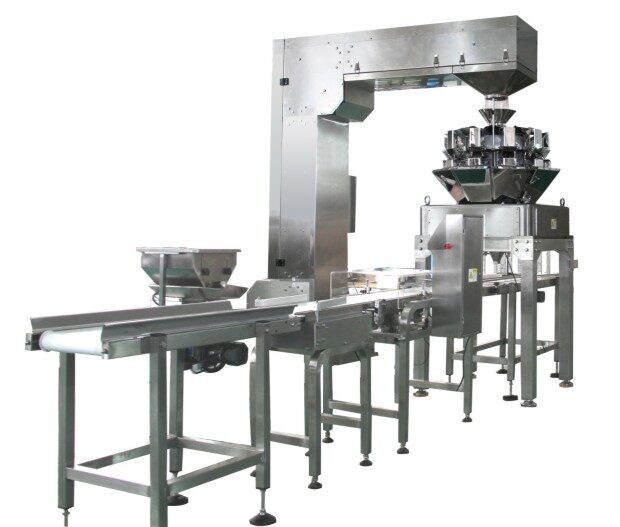Filling Machines: Cup vs. Auger in Packaging
In today's fast-paced packaging industry, filling machines serve as the backbone, facilitating precise and efficient packaging operations. Among the various types of filling machines available, cup fillers and auger fillers have emerged as prominent choices due to their exceptional performance across diverse sectors and applications. This comprehensive article aims to explore the underlying principles, prevalent industries, and distinct advantages of these two pivotal filling machines in the packaging landscape.
Operating Principles of Cup Fillers and Auger Fillers
Operating Mechanism of Cup Fillers
Starting with the "cup fillers, these machines operate by employing standardized cups to measure and dispense liquids, semi-liquids, or granular substances. For instance, in the beverage industry, cup fillers precisely dispense specific volumes of juice or dairy products into containers, ensuring uniformity in taste and quality. The simplicity and efficiency of cup fillers make them invaluable in sectors such as food processing, cosmetics, and pharmaceuticals, where consistency and accuracy are paramount. By maintaining consistent fill volumes, cup fillers enhance production efficiency, minimize waste, and bolster brand reputation.
Operating Mechanism of Auger Fillers
In contrast, auger fillers utilize rotating augers to measure and dispense powders, fine granules, and dry ingredients with unparalleled precision. For example, in the pharmaceutical sector, auger fillers play a crucial role in accurately packaging medications, ensuring compliance with stringent regulatory standards. The compact design and high accuracy of auger fillers make them indispensable in industries like chemicals, food processing, and agriculture, where the precise measurement of ingredients is essential for product quality and safety.

Applications of Cup Fillers and Auger Fillers in Different Industries
Industries Commonly Using Cup Fillers
The versatility of cup fillers transcends multiple industries, including food and beverages, cosmetics, personal care products, and agriculture. For instance, in the dairy industry, cup fillers facilitate the packaging of yogurt, ensuring consistent texture and flavor for consumers. Similarly, in the cosmetics sector, cup fillers accurately dispense creams and lotions into containers, maintaining product integrity and enhancing the user experience. The widespread adoption of cup fillers underscores their reliability, efficiency, and adaptability across various packaging applications.
Industries Preferring Auger Fillers
On the other hand, auger fillers are predominantly favored in industries that require precision packaging of powders, granules, and dry ingredients. For instance, in the chemical industry, auger fillers enable the accurate measurement and packaging of specialized compounds, ensuring product efficacy and safety. Likewise, in the agricultural sector, auger fillers facilitate the packaging of fertilizers and agrochemicals, optimizing nutrient delivery and crop yield. The specialized capabilities of auger fillers make them indispensable for industries where ingredient accuracy and consistency are critical for product performance and regulatory compliance.
Exploration Based on Characteristics and Functional Requirements
Applicability of Cup Fillers and Auger Fillers
In conclusion, the "cup fillers" and "auger fillers" each offer unique advantages and applications based on their distinctive characteristics and functionalities. Cup fillers excel in high-speed, accurate, and versatile packaging environments, catering to a wide range of products such as liquids, semi-liquids, and granular substances. Conversely, auger fillers specialize in efficient packaging of powders, fine granules, and dry ingredients, ensuring precision, consistency, and compliance with stringent quality standards.
Conclusion
In summary, the choice between a "cup filler" and an "auger filler" depends on specific packaging requirements, product characteristics, and industry standards. By understanding the operating principles, prevalent industries, and distinct advantages of these two types of filling machines, manufacturers and stakeholders can make informed decisions to optimize their production processes, ensure product quality, and meet diverse market demands effectively.


